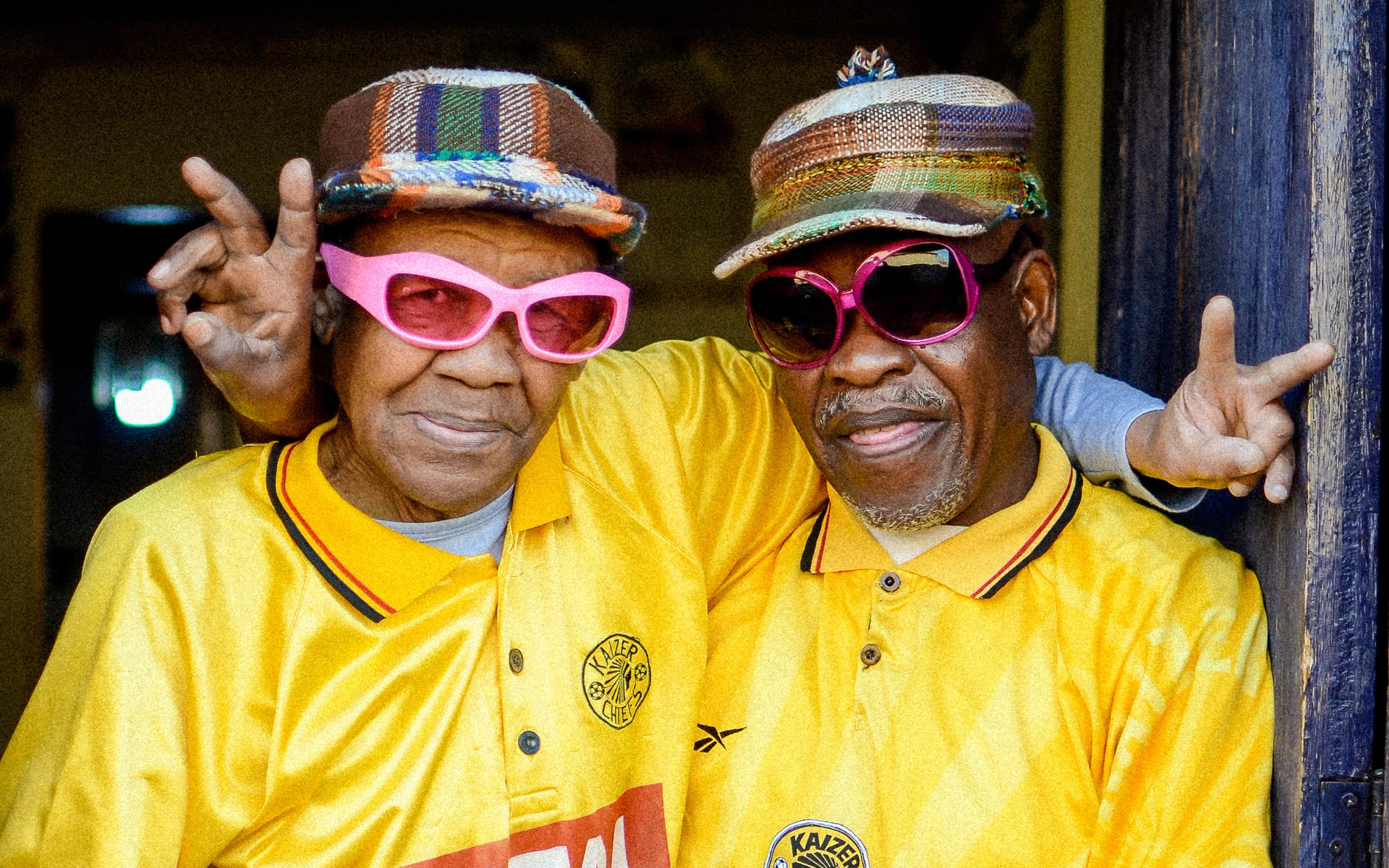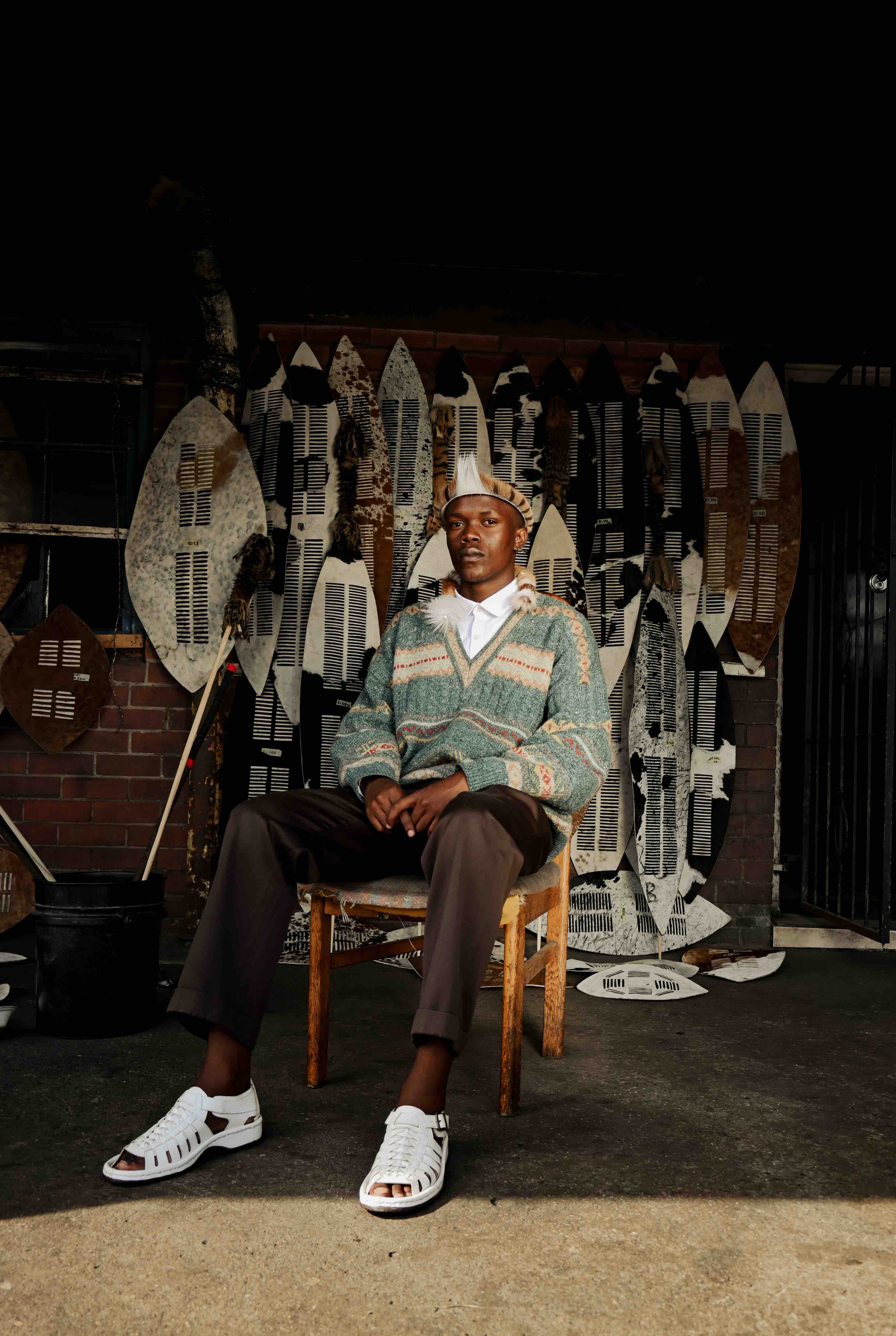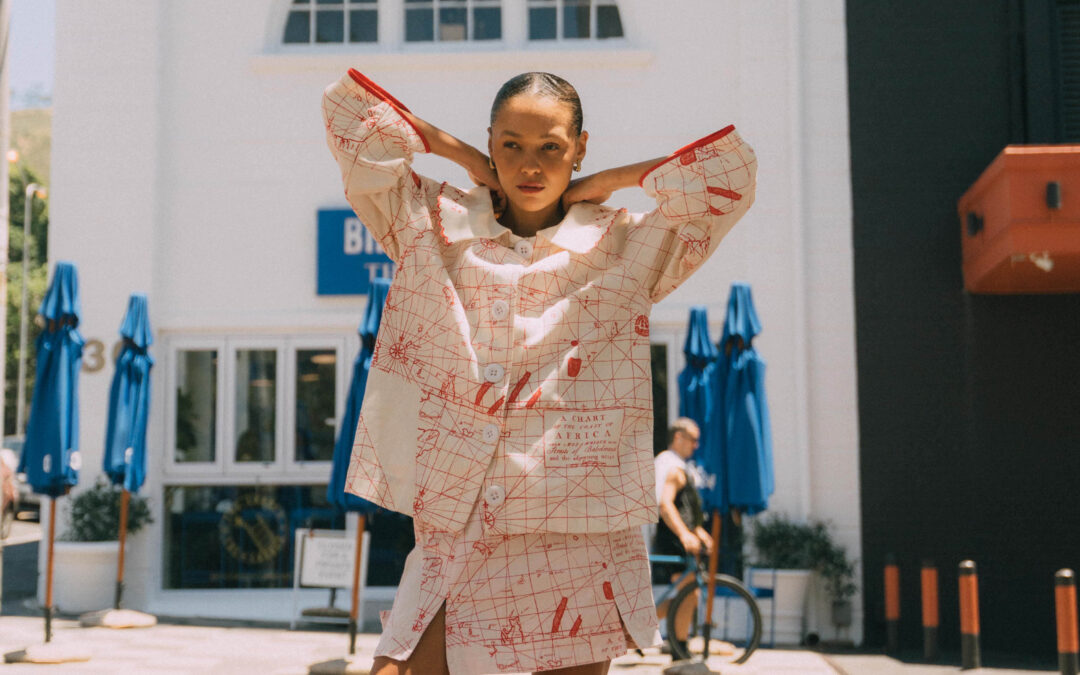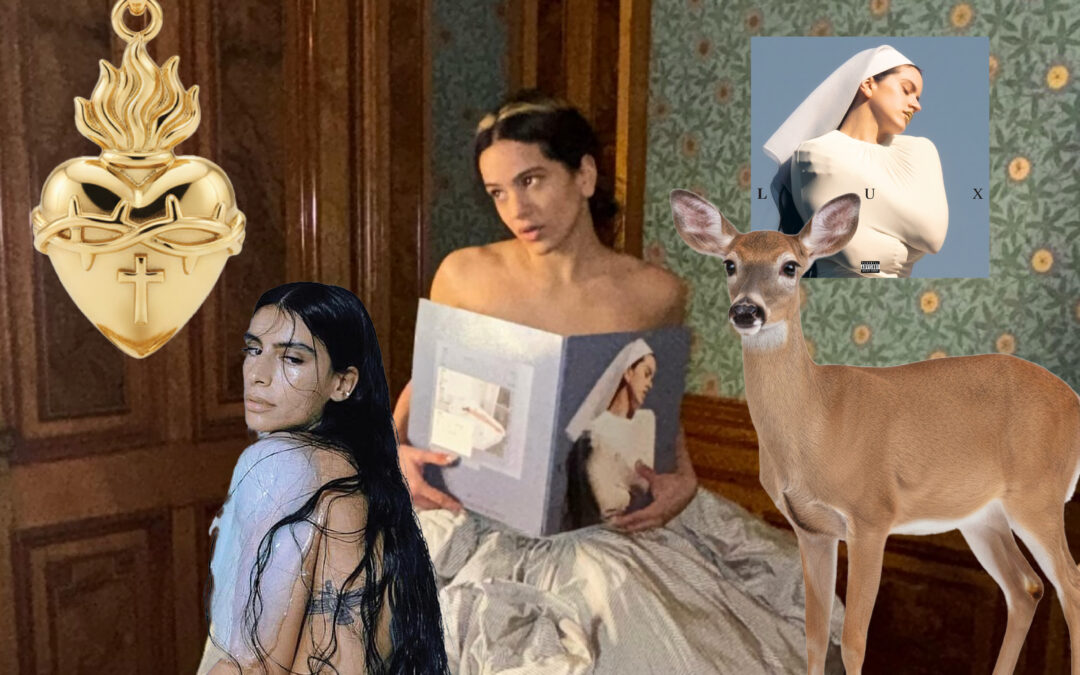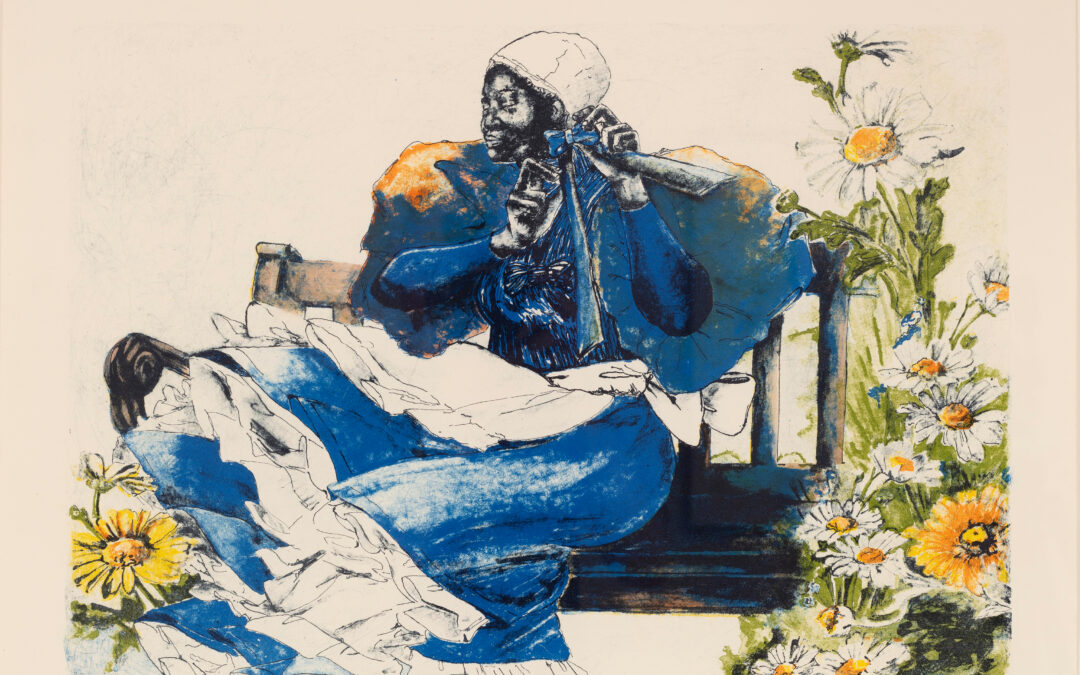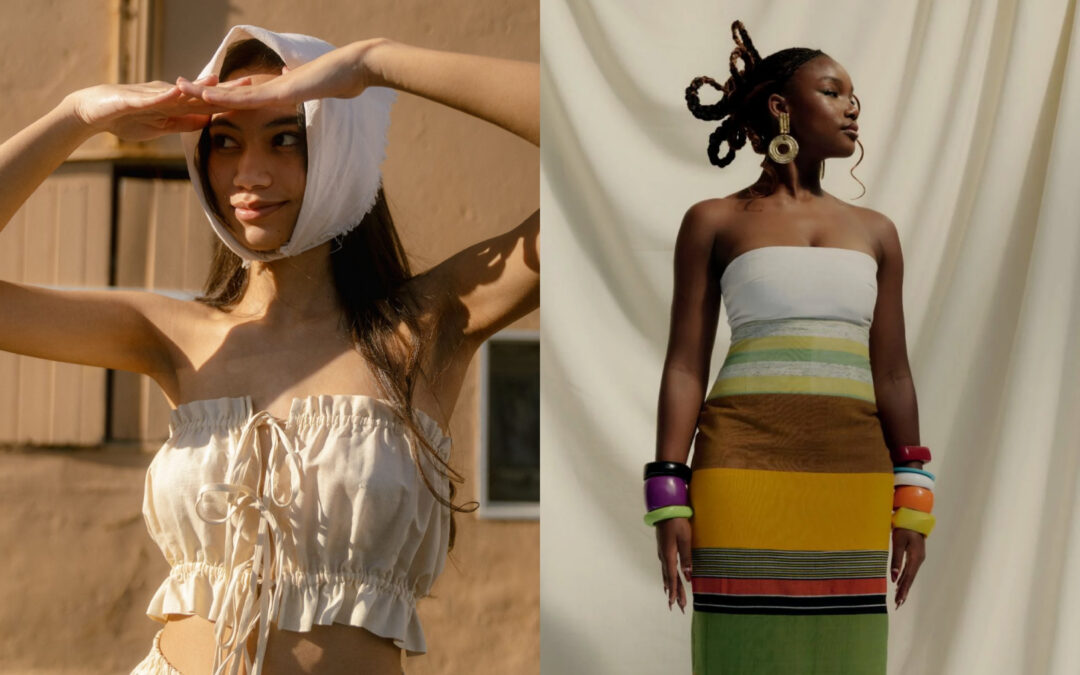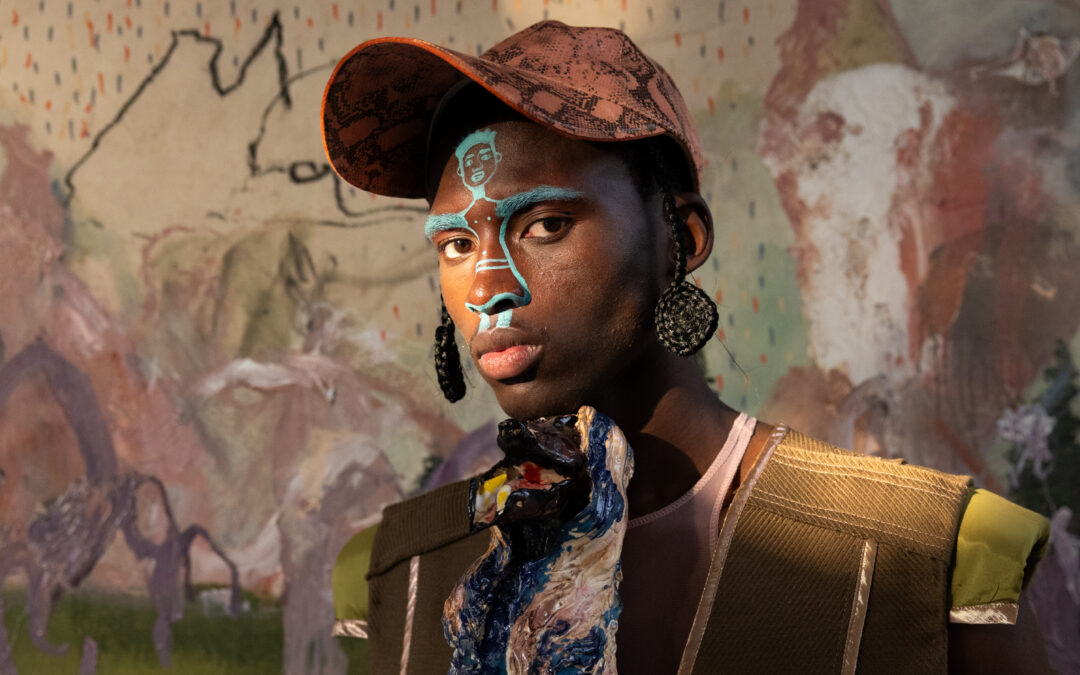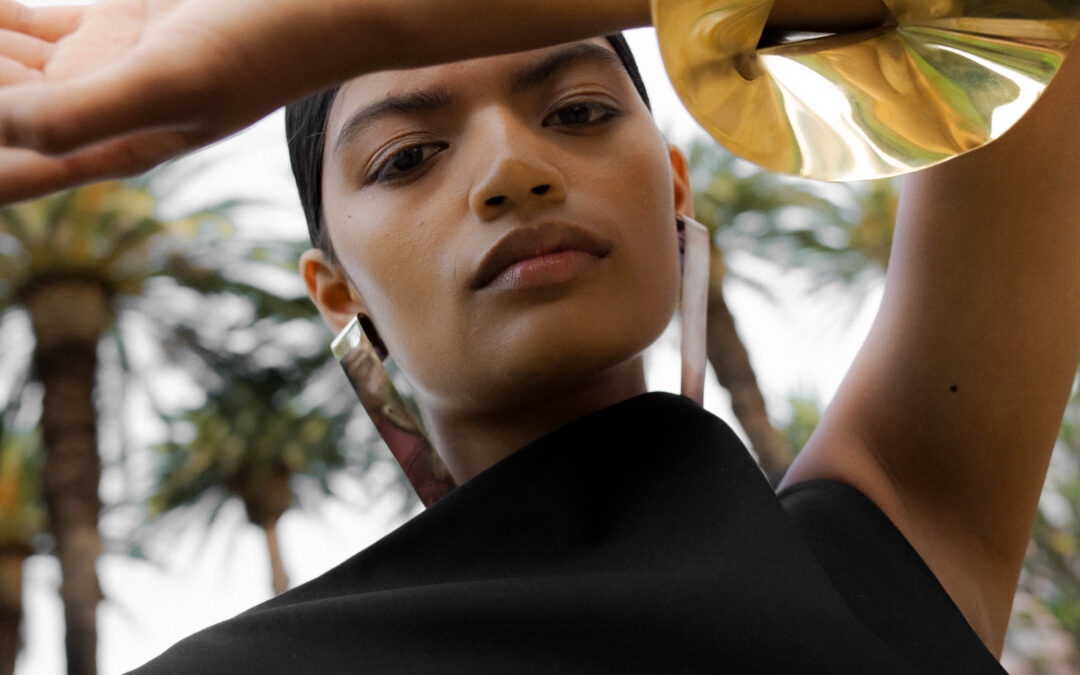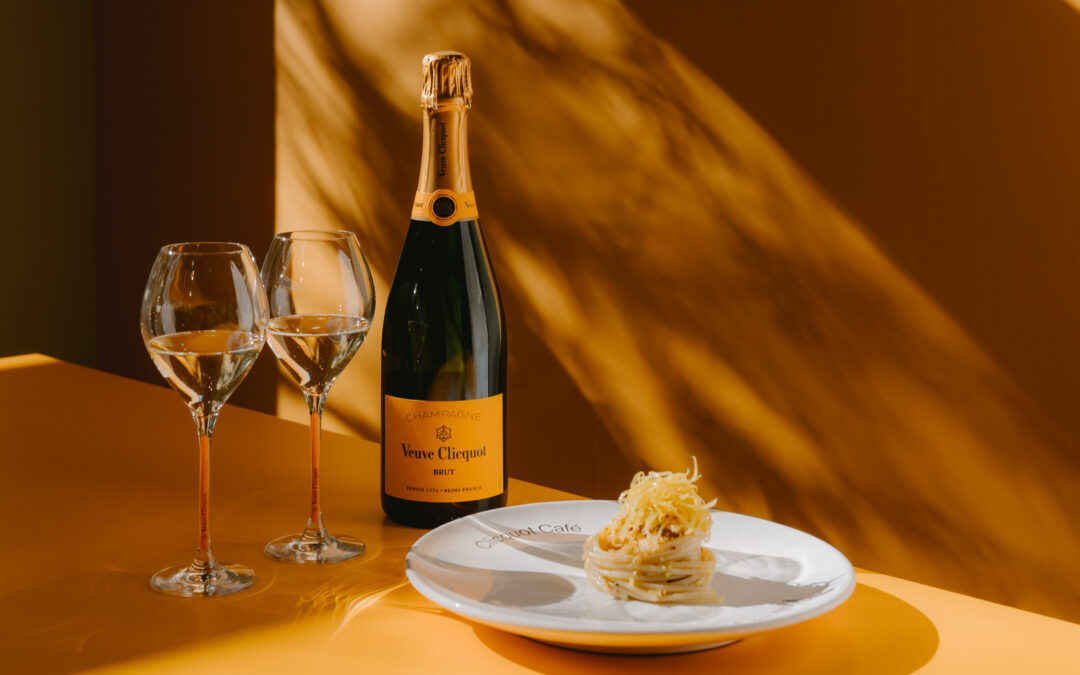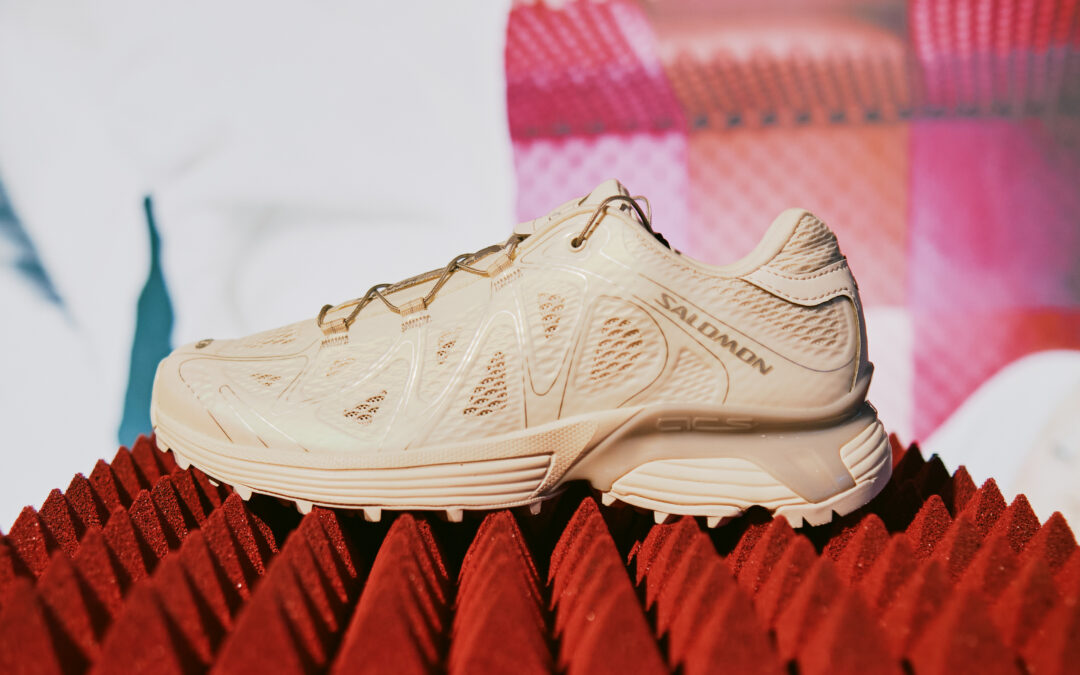Omega is a KZN-based footwear brand with over 50 years of history. The brand is committed to keeping its tradition of old-world workmanship but have found themselves in an interesting position recently – they’re fully led by their consumers. This has resulted in a sudden resurgence and an exponential growth in sales based on black South African youth claiming the shoe with contemporary style. Celebrities are wearing Omega’s of their own accord and bringing an organic wave of supporters with them. That being said, it’s not only famous people bringing this footwear brand into the limelight, it’s the iterations of colour recently developed, steering away from the traditional terracotta suede palette – the style is not for everyone but they’re adamant that that doesn’t matter because, ‘if you get it, you get it.’
Further to their long history, Omega shares, “The strength of township culture is undeniable. From the well-dressed Amapantsula gangsters of the 1930s with their jazz connections; through to the reinvented Amapantsula of the 1990s and their Kwaito vibe; and on to the hip hop loving Izikhothane showmen of the 2000s.” These fusions of fashion, music and dance create truly South African cultures, uniquely indigenous and removed from European and Western trends.
They continue, “More recently it is Amabhinca with Maskandi and AfroPop music that are creating a movement within the townships and beyond; encouraging people to stick to their roots, to embrace African attire, to embrace their own style and heritage but wearing it in a modern way.”
Imagery courtesy of Omega
Once known as the ‘taxi-man shoe’, it was the ‘well-to-do uncle’ who wore this Omega style of shoe, showing his wealth in the artfully woven sandals. Today, more and more musicians and celebrities are wearing the Omega brand and they’re choosing to do so with no advertising or influencer relationships – which speaks volume of the brand’s unique craftsmanship and design. What’s more, they’re not just for men – Omega have reiterated that the shoe is for anyone.
About the Omega resurgence, Managing Director Adrian Maree shares, “Omega has had a real reinvention in the last few years. We were always of the opinion that we wouldn’t pay people to wear our product, so it was when musician Sjava styled Omegas with a suit at the South African Music Awards, things just skyrocketed. The youth embraced it.”
At around the same time, Head Creative Designer Mlindelwa Ndlovu started experimenting with colour, branching out from their tan, to red, electric blue, bright pink, gold and even colour combinations – which is all to say quite significant considering Mlindelwa is colour blind.
Mlindelwa shares that growing up in a township in KZN during the time of rife political violence, the gift his father gave him before he died was a box of crayons. When he applied for the job at Omega, part of his submitted application was the design of an Omega shoe made purely out of paper – 15 years on, he’s an invaluable creative asset to the company, which shows as the brand grows, so does the community it fosters.
Stitched by hand with premium materials, the brand has a history of five decades of crafting this shoe. Adrian continues, “It’s always been known for its quality but I want to say it’s more than that: it was created by people, it was created by the consumer, the audience has given it life and meaning and placed a story behind it. From generations, to the youth dressing it up in totally unconventional ways. We’ve let the consumer talk and we’ve listened.”
From South African music culture, with icons like Black Coffee and Bravo Le Roux through to township culture; the way they shoot the product is gritty and honours its location. Adrian shares, “You’d never see Omega shoes shot on a beach in Cape Town because that’s not us. It’s got to be raw and it’s got to be pictured where it’s actually found. That’s given us an authenticity which you cannot fabricate or force.”
On the other hand, they share some challenges they’ve faced with regards to public image, sharing “We’ve still got to change a lot of people’s minds to show them that it’s a niche brand.” Having said that, it seems they’ve garnered incredible support and in fact they have their hands full with their factory in Pietermaritzburg being at capacity – a common response from consumers being “We can’t find the shoes!” – I suppose, scarcity drives demand, right?
Imagery courtesy of Omega, photography by @agisanangreezy
Imagery courtesy of Omega featuring NGCEBO
“This is something that is 100% a genuinely South African created product. We’ve created something authentic and real and we want to take that and show it to the world? I don’t want to go produce this offshore to cut costs or change capacity. I want this to be a locally made product that supports the culture it emerged from. We’re going to have to scale accordingly, which is tricky, but again, scarcity can be a good thing.”
Their approach to marketing could be considered guerilla – they don’t have an agency coordinating content or campaign shoots, but they rather give away products to people who speak the brand language naturally – and often, these people already have a pair of Omegas. In the case of ‘Trippy Catalyst’, a ‘thank you’ came in the form of a custom label for that extra skip in their step. Omega harks an important message, which authentic brands are realising and proliferating: you do not have to subscribe to European fashions but you can create your own from a customer who has a vision. Creativity can be our own, it can exist anywhere. Listen to what the people want and although it’s not for everyone – if you get it, you get it. When asked what we can look forward to from Omega, they shared, “A lot more colour.”
Written by Grace Crooks
For more news, visit the Connect Everything Collective homepage www.ceconline.co.za

